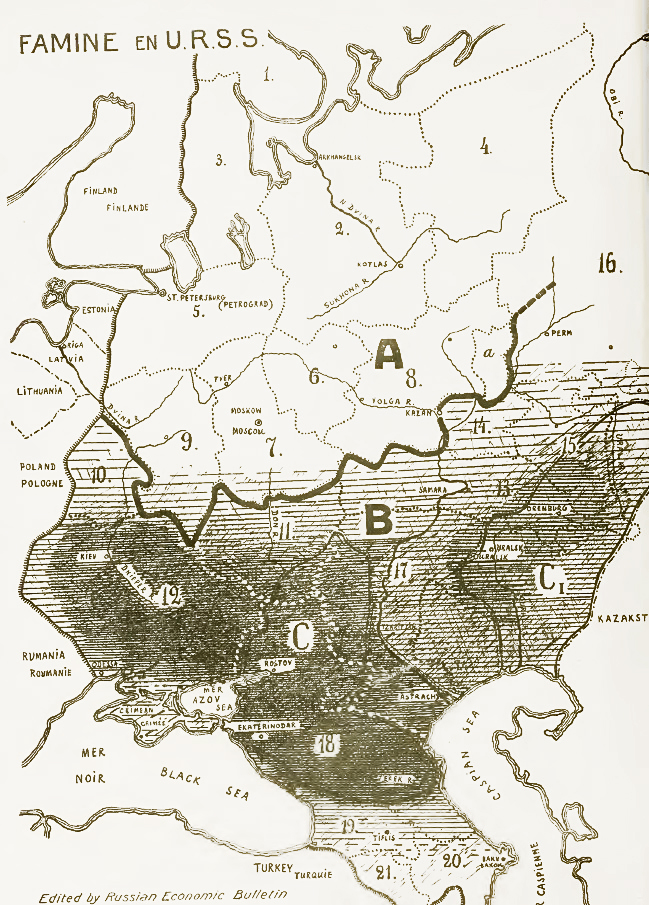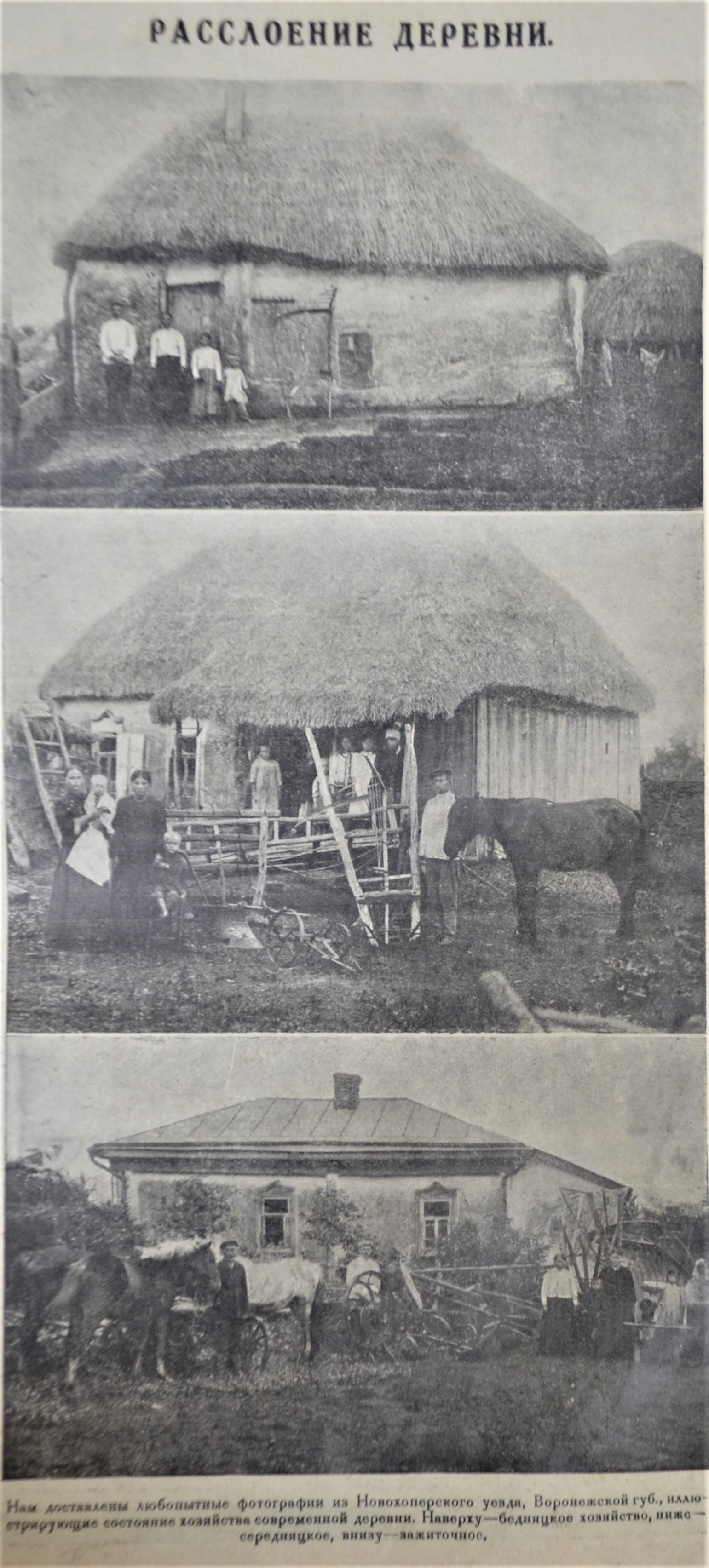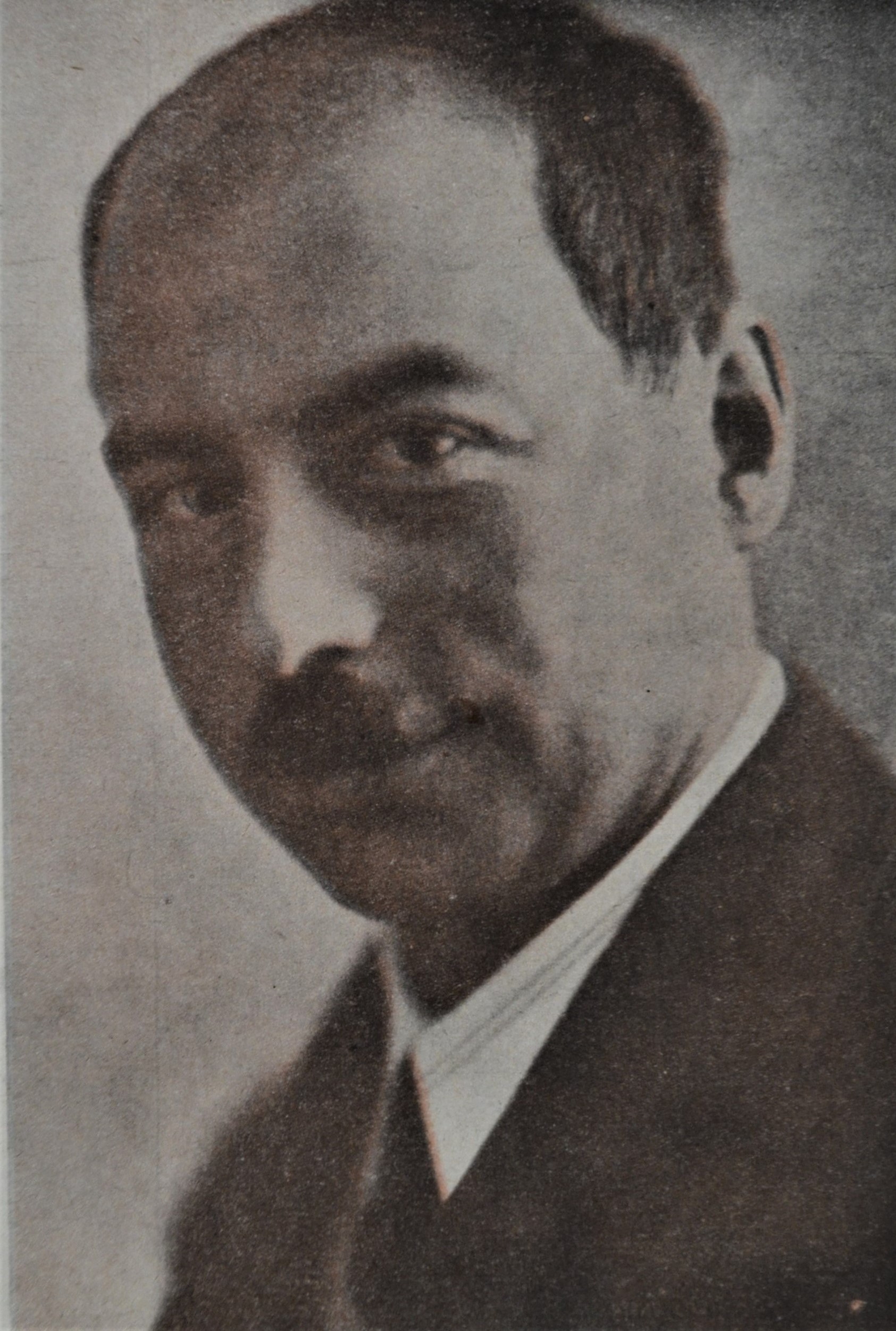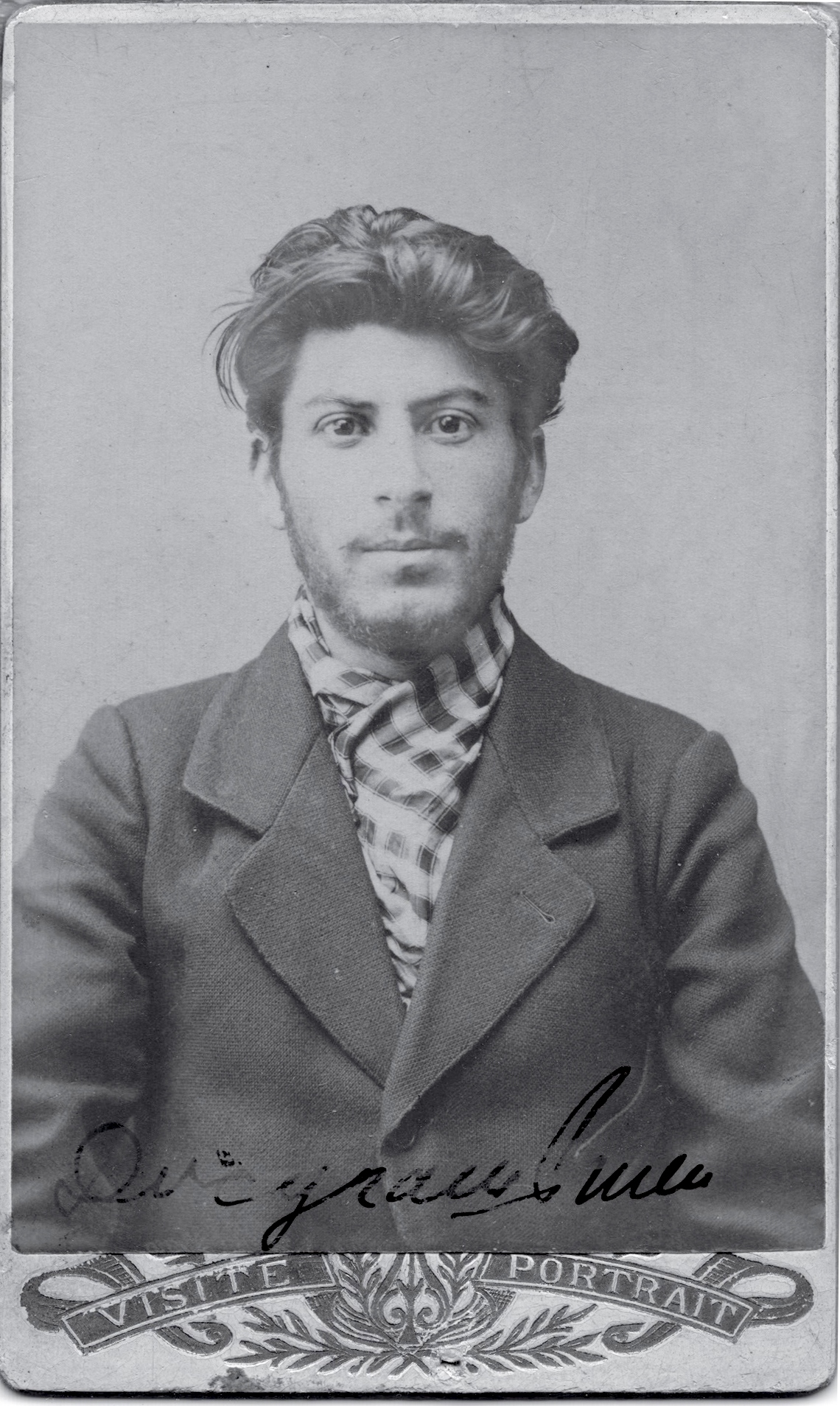|
Holodomor
The Holodomor ( uk, Голодомо́р, Holodomor, ; derived from uk, морити голодом, lit=to kill by starvation, translit=moryty holodom, label=none), also known as the Terror-Famine or the Great Famine, was a man-made famine in Soviet Ukraine from 1932 to 1933 that killed millions of Ukrainians. The Holodomor was part of the wider Soviet famine of 1932–1933 which affected the major grain-producing areas of the Soviet Union. While scholars universally agree that the cause of the famine was man-made, whether the Holodomor constitutes a genocide remains in dispute. Some historians conclude that the famine was planned and exacerbated by Joseph Stalin in order to eliminate a Ukrainian independence movement. This conclusion is supported by Raphael Lemkin. Others suggest that the famine arose because of rapid Soviet industrialisation and collectivization of agriculture. Ukraine was one of the largest grain-producing states in the USSR and was subject to unre ... [...More Info...] [...Related Items...] OR: [Wikipedia] [Google] [Baidu] |
Holodomor Genocide Question
In 1932–1933, a famine known as the Holodomor killed 3.3–5 million people in the Ukrainian Soviet Socialist Republic, included in a total of 5.5–8.7 million killed by the broader Soviet famine of 1932–1933. At least 3.3 million ethnic Ukrainians died as a result of the famine in the Soviet Union. Scholars debate "whether the man-made Soviet famine was a central act in a campaign of genocide," or whether it was intended to drive Ukrainian peasants into "collectives and ensure a steady supply of grain for Soviet industrialization." According to historian Simon Payaslian, the scholarly consensus classifies the Holodomor as a genocide, whereas historian J. Arch Getty had stated in 2000 that the scholarly consensus classified the Holodomor as the result of bungling and rigidity rather than a genocidal plan. Other scholars say it remains a significant issue in modern politics and dispute whether Soviet policies would fall under the legal definition of genocide. Scholars who ... [...More Info...] [...Related Items...] OR: [Wikipedia] [Google] [Baidu] |
Causes Of The Holodomor
The causes of the Holodomor, the famine that ravaged Soviet Ukraine during 1932 and 1933, resulting in the death of around 3–5 million people, are the subject of scholarly and political debate, such as the Holodomor genocide question. Stephen Wheatcroft believes the famine was the unintended consequence of problems arising from Soviet agricultural collectivization implemented to support the program of rapid industrialization in the Soviet Union under Joseph Stalin. Other historians believe policies were intentionally designed to cause the famine.С. Уиткрофт (Stephen G. Wheatcroft)"О демографических свидетельствах трагедии советской деревни в 1931—1933 гг." (On demographic evidence of the tragedy of the Soviet village in 1931-1833), "Трагедия советской деревни: Коллективизация и раскулачивание 1927-1939 гг.: Документы и материалы. То� ... [...More Info...] [...Related Items...] OR: [Wikipedia] [Google] [Baidu] |
Ukrainians
Ukrainians ( uk, Українці, Ukraintsi, ) are an East Slavs, East Slavic ethnic group native to Ukraine. They are the seventh-largest nation in Europe. The native language of the Ukrainians is Ukrainian language, Ukrainian. The majority of Ukrainians are Eastern Orthodox Church, Eastern Orthodox Christians. While under the Polish–Lithuanian Commonwealth, the Austrian Empire, and then Austria-Hungary, the East Slavic population who lived in the territories of modern-day Ukraine were historically known as Ruthenians, referring to the territory of Ruthenia, and to distinguish them with the Ukrainians living under the Russian Empire, who were known as Little Russians, named after the territory of Little Russia. Cossacks#Ukrainian Cossacks, Cossack heritage is especially emphasized, for example in the Shche ne vmerla Ukraina, Ukrainian national anthem. Ethnonym The ethnonym ''Ukrainians'' came into wide use only in the 20th century after the territory of Ukraine obtained ... [...More Info...] [...Related Items...] OR: [Wikipedia] [Google] [Baidu] |
Ukraine
Ukraine ( uk, Україна, Ukraïna, ) is a country in Eastern Europe. It is the second-largest European country after Russia, which it borders to the east and northeast. Ukraine covers approximately . Prior to the ongoing Russian invasion, it was the eighth-most populous country in Europe, with a population of around 41 million people. It is also bordered by Belarus to the north; by Poland, Slovakia, and Hungary to the west; and by Romania and Moldova to the southwest; with a coastline along the Black Sea and the Sea of Azov to the south and southeast. Kyiv is the nation's capital and largest city. Ukraine's state language is Ukrainian; Russian is also widely spoken, especially in the east and south. During the Middle Ages, Ukraine was the site of early Slavic expansion and the area later became a key centre of East Slavic culture under the state of Kievan Rus', which emerged in the 9th century. The state eventually disintegrated into rival regional po ... [...More Info...] [...Related Items...] OR: [Wikipedia] [Google] [Baidu] |
Collectivization In The Soviet Union
The Soviet Union introduced the collectivization (russian: Коллективизация) of its agricultural sector between 1928 and 1940 during the ascension of Joseph Stalin. It began during and was part of the first five-year plan. The policy aimed to integrate individual landholdings and labour into collectively-controlled and state-controlled farms: ''Kolkhozes'' and ''Sovkhozes'' accordingly. The Soviet leadership confidently expected that the replacement of individual peasant farms by collective ones would immediately increase the food supply for the urban population, the supply of raw materials for the processing industry, and agricultural exports via state-imposed quotas on individuals working on collective farms. Planners regarded collectivization as the solution to the crisis of agricultural distribution (mainly in grain deliveries) that had developed from 1927. This problem became more acute as the Soviet Union pressed ahead with its ambitious industrializati ... [...More Info...] [...Related Items...] OR: [Wikipedia] [Google] [Baidu] |
Raphael Lemkin
Raphael Lemkin ( pl, Rafał Lemkin; 24 June 1900 – 28 August 1959) was a Polish lawyer who is best known for coining the term ''genocide'' and initiating the Genocide Convention, an interest spurred on after learning about the Armenian genocide and finding out that no international laws existed to prosecute the Ottoman leaders who had perpetrated these crimes. Lemkin coined ''genocide'' in 1943 or 1944 from ( grc-gre, γένος, 'family, clan, tribe, race, stock, kin') and ''-cide'' ( la, -cīdium, 'killing'). He became interested in war crimes after reading about the 1921 trial of Soghomon Tehlirian for the assassination of Talaat Pasha. He recognized the fate of Armenians as one of the most significant genocides of the 20th century. Life Early life Lemkin was born Rafał Lemkin on 24 June 1900 in Bezwodne, a village in the Volkovyssky Uyezd of the Grodno Governorate of the Russian Empire (present-day Belarus). He grew up in a Polish Jewish family on a large farm near ... [...More Info...] [...Related Items...] OR: [Wikipedia] [Google] [Baidu] |
Famine
A famine is a widespread scarcity of food, caused by several factors including war, natural disasters, crop failure, Demographic trap, population imbalance, widespread poverty, an Financial crisis, economic catastrophe or government policies. This phenomenon is usually accompanied or followed by regional malnutrition, starvation, epidemic, and increased death, mortality. Every inhabited continent in the world has experienced a period of famine throughout history. In the 19th and 20th century, generally characterized Southeast and South Asia, as well as Eastern and Central Europe, in terms of having suffered most number of deaths from famine. The numbers dying from famine began to fall sharply from the 2000s. Since 2010, Africa has been the most affected continent of famine in the world. Definitions According to the United Nations World Food Programme, famine is declared when malnutrition is widespread, and when people have started dying of starvation through lack of access to suf ... [...More Info...] [...Related Items...] OR: [Wikipedia] [Google] [Baidu] |
Joseph Stalin
Joseph Vissarionovich Stalin (born Ioseb Besarionis dze Jughashvili; – 5 March 1953) was a Georgian revolutionary and Soviet political leader who led the Soviet Union from 1924 until his death in 1953. He held power as General Secretary of the Communist Party of the Soviet Union (1922–1952) and Chairman of the Council of Ministers of the Soviet Union (1941–1953). Initially governing the country as part of a collective leadership, he consolidated power to become a dictator by the 1930s. Ideologically adhering to the Leninist interpretation of Marxism, he formalised these ideas as Marxism–Leninism, while his own policies are called Stalinism. Born to a poor family in Gori in the Russian Empire (now Georgia), Stalin attended the Tbilisi Spiritual Seminary before joining the Marxist Russian Social Democratic Labour Party. He edited the party's newspaper, ''Pravda'', and raised funds for Vladimir Lenin's Bolshevik faction via robberies, kidnappings and protection ... [...More Info...] [...Related Items...] OR: [Wikipedia] [Google] [Baidu] |
Soviet Union
The Soviet Union,. officially the Union of Soviet Socialist Republics. (USSR),. was a transcontinental country that spanned much of Eurasia from 1922 to 1991. A flagship communist state, it was nominally a federal union of fifteen national republics; in practice, both its government and its economy were highly centralized until its final years. It was a one-party state governed by the Communist Party of the Soviet Union, with the city of Moscow serving as its capital as well as that of its largest and most populous republic: the Russian SFSR. Other major cities included Leningrad (Russian SFSR), Kiev (Ukrainian SSR), Minsk ( Byelorussian SSR), Tashkent (Uzbek SSR), Alma-Ata (Kazakh SSR), and Novosibirsk (Russian SFSR). It was the largest country in the world, covering over and spanning eleven time zones. The country's roots lay in the October Revolution of 1917, when the Bolsheviks, under the leadership of Vladimir Lenin, overthrew the Russian Provisional Government ... [...More Info...] [...Related Items...] OR: [Wikipedia] [Google] [Baidu] |
Soviet Famine Of 1932–1933
The Soviet Union,. officially the Union of Soviet Socialist Republics. (USSR),. was a transcontinental country that spanned much of Eurasia from 1922 to 1991. A flagship communist state, it was nominally a federal union of fifteen national republics; in practice, both its government and its economy were highly centralized until its final years. It was a one-party state governed by the Communist Party of the Soviet Union, with the city of Moscow serving as its capital as well as that of its largest and most populous republic: the Russian SFSR. Other major cities included Leningrad (Russian SFSR), Kiev (Ukrainian Soviet Socialist Republic, Ukrainian SSR), Minsk (Byelorussian Soviet Socialist Republic, Byelorussian SSR), Tashkent (Uzbek Soviet Socialist Republic, Uzbek SSR), Almaty, Alma-Ata (Kazakh Soviet Socialist Republic, Kazakh SSR), and Novosibirsk (Russian SFSR). It was the largest country in the world, covering over and spanning Time in Russia, eleven time zones. T ... [...More Info...] [...Related Items...] OR: [Wikipedia] [Google] [Baidu] |
Stalin's Regime
Joseph Vissarionovich Stalin (born Ioseb Besarionis dze Jughashvili; – 5 March 1953) was a Georgian revolutionary and Soviet political leader who led the Soviet Union from 1924 until his death in 1953. He held power as General Secretary of the Communist Party of the Soviet Union (1922–1952) and Chairman of the Council of Ministers of the Soviet Union (1941–1953). Initially governing the country as part of a collective leadership, he consolidated power to become a dictator by the 1930s. Ideologically adhering to the Leninist interpretation of Marxism, he formalised these ideas as Marxism–Leninism, while his own policies are called Stalinism. Born to a poor family in Gori in the Russian Empire (now Georgia), Stalin attended the Tbilisi Spiritual Seminary before joining the Marxist Russian Social Democratic Labour Party. He edited the party's newspaper, ''Pravda'', and raised funds for Vladimir Lenin's Bolshevik faction via robberies, kidnappings and protection ... [...More Info...] [...Related Items...] OR: [Wikipedia] [Google] [Baidu] |
Ukrainian Independence
Ukraine emerged as the concept of a nation, and the Ukrainians as a nationality, with the Ukrainian National Revival which began in the late 18th and early 19th century. The first wave of national revival is traditionally connected with the publication of the first part of "Eneyida" by Ivan Kotlyarevsky (1798).Yaroslav Hrytsak. Overview of the History of Ukraine''. Part I. In 1846, in Moscow the "History of Ruthenians, Istoriya Rusov ili Maloi Rossii" (History of Ruthenians or Little Russia) was published. During the Spring of Nations, in 1848 in Lemberg (Lviv) the Supreme Ruthenian Council was created which declared that Galician Ruthenians were part of the bigger Ukrainian nation. The council adopted the yellow and blue flag, the current Flag of Ukraine, Ukrainian flag. Ukraine first declared its independence with the Ukrainian–Soviet War, invasion of Bolsheviks in late 1917. Following the conclusion of World War I and with the Peace of Riga, Ukraine was partitioned once agai ... [...More Info...] [...Related Items...] OR: [Wikipedia] [Google] [Baidu] |








